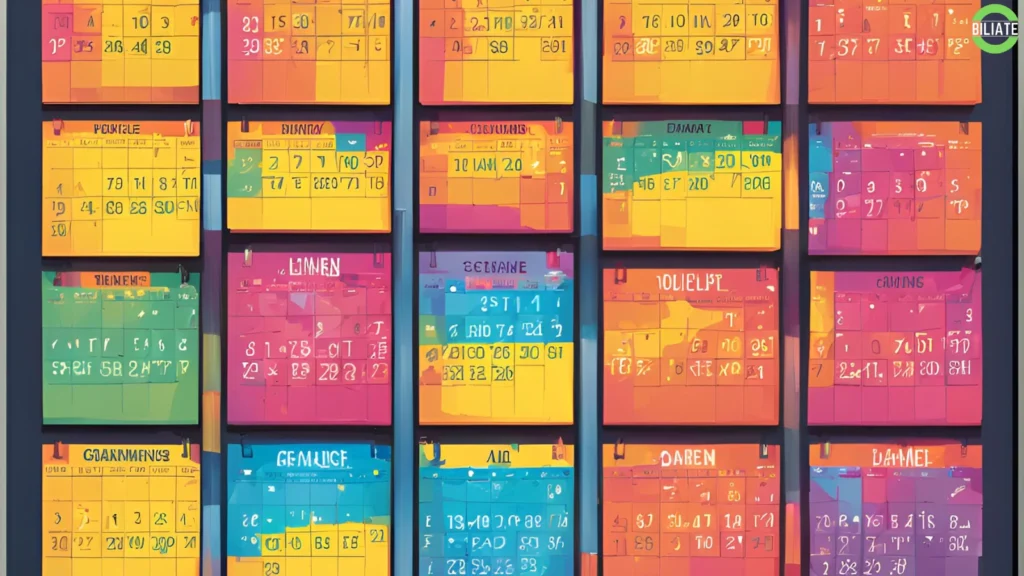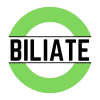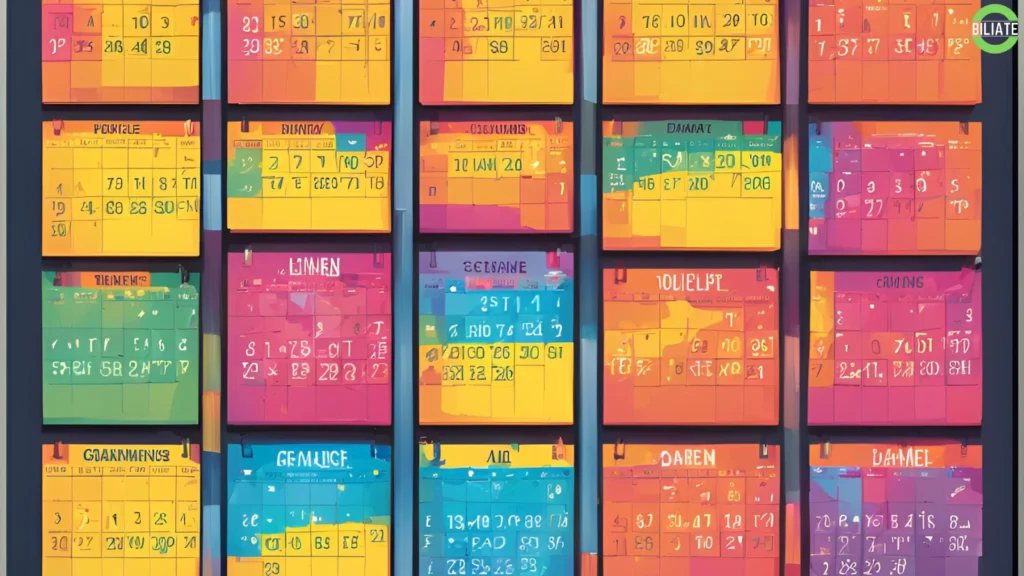Building a loyal and engaged community around your content is no small task.
Whether you’re a creator, brand, or media company, consistently delivering content that resonates with your audience can make or break your online presence.
At the heart of this challenge is one essential tool: a content calendar.
But how do you craft a content calendar that not only helps you stay organized but also aligns with your community’s interests and enhances engagement?
Let’s dive in step-by-step.

Why a Content Calendar is More Than Just a Planner
A content calendar is more than just a tool to organize posts; it’s the pulse of your community-building efforts. It helps you track your content’s timing, themes, and formats to keep your audience coming back for more.
To truly harness the power of a content calendar, it’s essential to have a strategy that considers:
- Your audience’s preferences
- The timing and frequency of posts
- Seasonal trends and community milestones
Building your content around these factors will not only keep your calendar organized but also enhance how your community interacts with your content.
Step 1: Understanding Your Community’s Interests
Before creating a content calendar, you need a deep understanding of your community. This goes beyond demographics—get to the heart of their passions, pain points, and what keeps them engaged. The better you know them, the more you can tailor your content to their desires.
Ways to understand community interests:
- Surveys and Polls: Ask your audience directly! What content do they want more of? Use tools like Instagram polls, Twitter questions, or email surveys to gather insights.
- Analyze Engagement Patterns: Which posts are getting the most likes, comments, and shares? Review your analytics and see what topics, formats, or styles resonate with your community.
- Interactive Question: What’s one type of content that consistently drives engagement for you? (Think about your past few posts!)
Step 2: Categorizing Content Types That Align with Your Community
Next, it’s time to organize the different types of content you’ll create. Not all content performs the same. Some posts will educate, others will entertain, and some will inspire conversation. Diversifying your content while staying aligned with your audience’s interests can ensure steady engagement.
Common content types to consider:
- Educational Content: Tutorials, tips, and “how-to” guides that address your community’s pain points.
- Inspirational Content: Stories of success, personal growth, or motivational quotes that resonate with your audience’s aspirations.
- Interactive Content: Quizzes, polls, or posts that encourage audience participation (this is excellent for boosting engagement!).
- Behind-the-Scenes: Share glimpses of your process, workspace, or team to humanize your brand and build trust.
- Interactive Exercise: List three types of content you’ve created in the past that got the most attention. How can you integrate these into your content calendar regularly?
Step 3: Timing and Frequency: Posting When Your Audience is Most Active
A well-timed post can make all the difference in whether your content reaches your audience. Even the best content can fall flat if it’s posted at the wrong time or too infrequently.
Factors to consider when scheduling:
- Peak Engagement Times: Use platform analytics to identify when your community is most active. Instagram, Facebook, and Twitter offer insights into when your followers are online.
- Consistency is Key: It’s better to post consistently rather than sporadically. Whether it’s daily, weekly, or bi-weekly, stick to a schedule your audience can count on.
- Avoid Overposting: Posting too often can overwhelm your audience. Ensure you strike the balance between staying top of mind and not overloading their feeds.
- Interactive Tip: Check your analytics right now: what time of day are most of your followers online? Is your current posting schedule aligned with this?

Step 4: Creating Themes and Content Pillars
Creating themes or content pillars will help organize your content and ensure that every post serves a purpose. Think of content pillars as the key areas you want to address with your content. Align these pillars with your community’s core interests to create consistency.
How to develop content pillars:
- Map Out Core Topics: Start with your niche or industry. What are the key topics your audience cares about? For example, if your niche is creator monetization, your pillars might be “revenue streams,” “content strategies,” and “platform dynamics.”
- Subtopics for Variety: Break down each pillar into smaller topics. For example, under “content strategies,” you might cover video content, user-generated content, and storytelling.
- Interactive Question: What are your top three content pillars? Write them down and brainstorm three subtopics for each pillar to keep your content fresh.
Step 5: Incorporating Seasonal and Trending Content
If you want your content calendar to stay relevant, it’s important to factor in seasonal trends and community milestones. Tailoring your content around key moments in the year or viral trends can bring fresh energy to your calendar.
Examples of seasonal or trending content:
- Holiday Content: Leverage holidays like New Year’s, Halloween, or niche-specific events to create timely, relevant content.
- Trend-Jacking: Is there a viral challenge, meme, or conversation happening in your community? Jump in! Just make sure it aligns with your brand voice.
- Interactive Idea: Think about the next holiday or event coming up in your community. How can you create content that taps into the excitement?
Step 6: Making Your Calendar User-Interactive
To truly enhance engagement, your content calendar should include interactive posts that invite your audience to participate.
Ideas for interactive content:
- Q&A Sessions: Dedicate a day to answering audience questions via stories or comments.
- Polls and Quizzes: Add fun, interactive polls that align with your content. For example, if your niche is travel, ask your audience to choose between two destinations.
- Giveaways: Plan a giveaway once a month. It’s a great way to increase engagement and reward your community.
- Interactive Challenge: Schedule at least one interactive post in your content calendar every week. What type of interactive post do you think your audience would love?

Step 7: Monitoring Engagement and Adjusting Your Calendar
A content calendar is not set in stone. As your audience evolves, so should your calendar. The best way to improve is by tracking which content sparks the most engagement and fine-tuning based on your analytics.
Key metrics to monitor:
- Engagement Rate: Are your likes, comments, and shares increasing? Which content pillars are performing the best?
- Community Feedback: Are your followers responding positively to certain themes? Keep an eye on comments and direct messages.
- Trends Over Time: Regularly review your analytics to spot any emerging trends in what resonates with your audience.
- Interactive Tip: After the first month, review your content calendar’s performance. Which post type or topic drove the most engagement? How can you adapt your strategy for the next month?
Conclusion: Crafting a Calendar that Truly Connects
Creating a content calendar that aligns with your community’s interests is the foundation of building an engaged, loyal audience. It’s about more than just posting consistently—it’s about understanding what makes your audience tick, delivering value, and inviting interaction.
Start small by understanding what excites your audience, diversify your content, and schedule posts when engagement is at its peak. The result? A stronger connection with your community and better engagement across the board.

